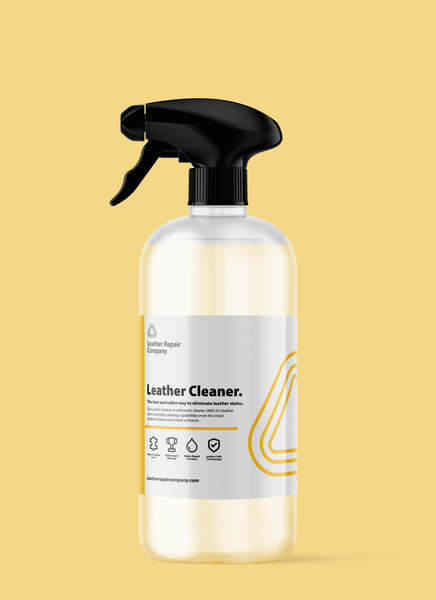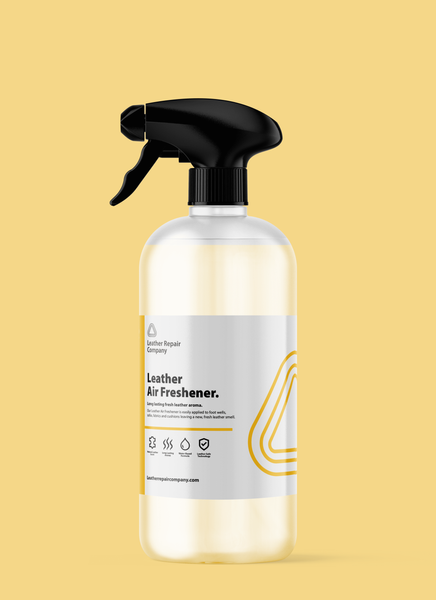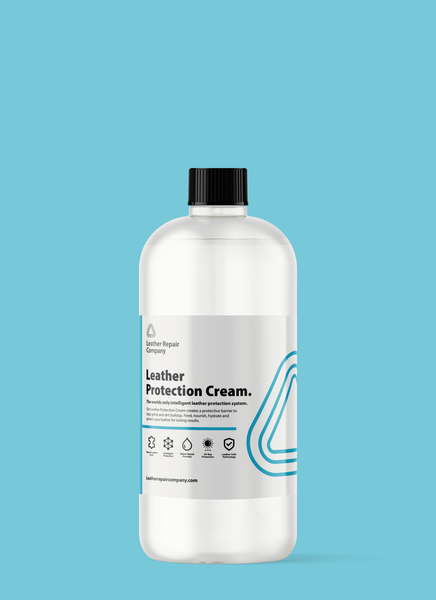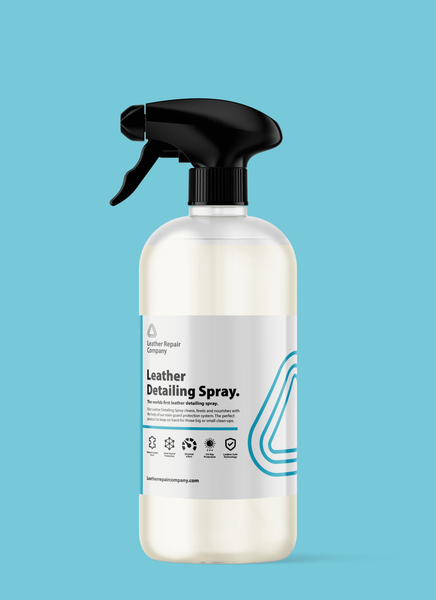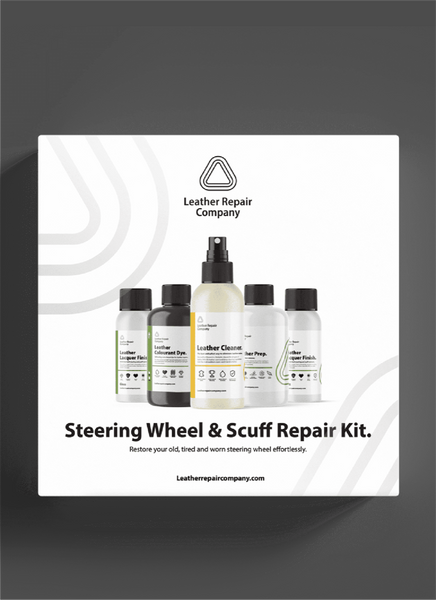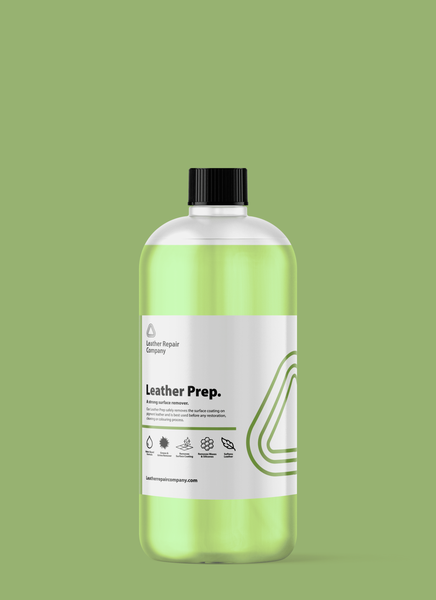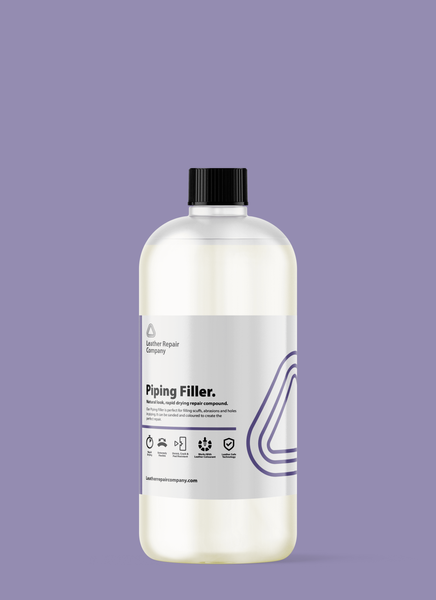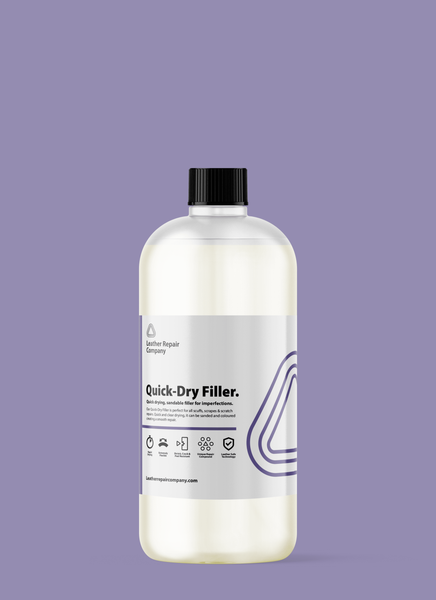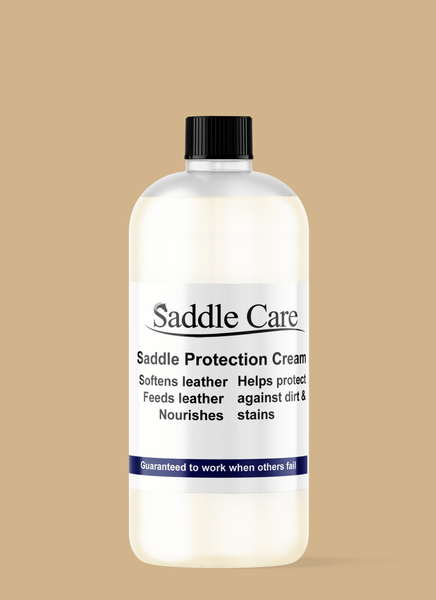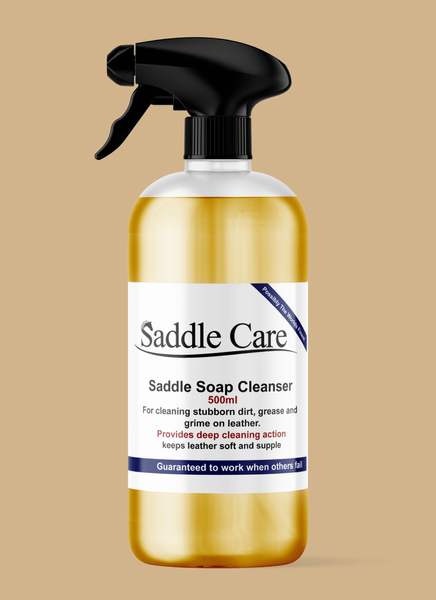How To Repair Cracked Leather


September 18, 2023
Jane Smith, Managing Director
Cracked leather appears for many reasons, could be due to heat, incorrect care or the items been badly re painted at some stage.
You can get all different types of cracking, we have tried to show below the most common types of cracks in leather and given an explanation on each type of cracking to give you an idea what to look for and how to repair each one with a DIY repair kit.
What do you need to fix it?
Scuff repair kit (if it’s a small repair no bigger than a cars bolster)
Heavy filler (for deeper bigger cracks)
Flexi filler (for finer smaller cracks)
Spatula
With a scuff repair kit, you get a complete kit, it contains all the items you need to carry out the repairs required, leather preps, alcohol cleaner, leather paint, leather sealer/lacquer, sanding pads, scuffing pads, gloves, application sponges and full instructions.
The First Step
The preparation stage is the most important part of the repair, get the prep right and the end results will be amazing.
The prep stage is very important, using the red preparation pad, and some leather prep gently rub this over the surface to reduce down the cracking in the leathers surface. Once this has been done, you can then swap the pad for a terry towel cloth and alcohol cleaner rub this over the surface where the cracking is to help reduce down the thickness of the paint on the surface.
Then dry with a hairdryer, once dry sand over the surface with a 280-sanding pad, again lightly this is to just smooth out any rough areas ready for filler and paint to be applied.
The Second Step
This second stage of applying the flexi filler and or heavy filler is important that you don’t over apply.
Using a spatula apply the filler in thin coats and drying between each coat and sanding with the 280-sanding pad, then apply a small amount of paint to the area where the filler has been applied dry with the hairdryer and then sand once again with the 280 sanding pad, see how this looks if it still leaves small indentations then apply more filler to this section and repeat the above steps again.
When you apply flexi filler, you will have the tendency to want to apply a thick amount to fill the damage, never do this as it will show up like that when finished, apply in very thin layers trying to keep the filler to the offending damaged area only and not spreading toother sections that are not damaged.
The Third Step
The third step is the painting step, this is where the magic really starts to happen, where suddenly everything disappears.
When you begin the painting stages, make sure you have filtered your leather paint before using it, make sure the damaged areas are free of dust from sanding and everything is fully masked up.
The first coat that gets applied should be just wiped on to get a thin covering, this is not designed to cover the area, more of a thin primer coating that will go on to form the base layer, dry this with a hairdryer.
Once you have applied this coat of paint, any indentations showing up in the cracked areas, can be sanded at this stage with the 280 grit sanding pads, if this removes all the colour simply wipe on more colour and dry and follow the same steps again, what this is doing is the paint is being your final filler, slowly filling up the fine cracks and indentations.
The next coat of leather paint will be applied by sponge by stippling on the colour to the offending areas, this time this will cover the area almost 100%, once applied and dried you can lightly sand this with 1200 grit sandpaper to smooth any small imperfections in the surface.
If you still see small imperfections left, use a heavy filler at this stage, but apply very thin coatings, dry with the hairdryer and sand with the 280 sanding pad, the purpose of this is to get the filler to fill over the imperfections and resolve these final indentations, once that is sanded, stipple on another coating of paint and dry, keep repeating this process until you can no longer see the indentations from the cracking
Then apply an additional coat of paint again by sponge and stipple actions if you wanted to you can also apply this coat of paint by spray gun. The advantages of spraying on colour is it will go on thinner; you will use less paint and it will be even more realistic than before.
The Fourth Step
The fourth step is where you are going to apply the sealer clear coat lacquer finish.
This is the final stage where the job gets completed and all that hard work gets locked in.
The lacquers are available in three sheen levels, Gloss, Matt, and Satin most leather items are just off from being a satin, so what we do in house we mix Satin and Matt together at a ratio of 70% Satin and 30% Matt, this gives us a sheen level just below a satin, but its personal preference here what sheen levels you’re looking for. If you wanted a standard satin, then mx 50% matt with 50% gloss lacquer.
Before you begin applying the clear coat lacquer sealer, make sure the surface is free of any dust. Once you have blown over your seats, you can either sponge on the clear coat lacquer or spray this on.
You want to apply three coats in total, each coating that’s applied should be stippled on to make sure no lines are made in the clear coat, if you wiped this on, the end of each coating before its dry you would need to stipple each section before moving to the next section to be sealed over with the clear coat lacquer. Do not wipe the sealer on the full item then go back and start to stipple as some will be dry by then, work in sections.
Once you have applied the first coating and allowed plenty of time to dry naturally or use a hairdryer to dry instantly, you then very lightly sand over the surface with 1200 grit sandpaper, the purpose of this is to remove any tiny specs of dust particles that you can feel on the surface. Repeat this same process for the next two coatings. Once the third and final coat has been applied its best to sand with 3,000 grit sandpaper at this stage rather than the 1200 grit sandpaper, we call this the polishing stages, this is where it makes the leather truly come alive and fell just like silk and so smooth.
Once you have finished and everything is fully dry you can apply a very small amount of protection cream, never apply this thickly on freshly painted leather, just a very fine coating is all tat needed.
Why Not Contact Us?
Call on: 01482 606864
Email us at: help@leatherrepaircompany.com
